Riesling
The Italic Riesling is used in the Riesling wine Cartesium.
Find out also how to adopt a vine of Riesling.

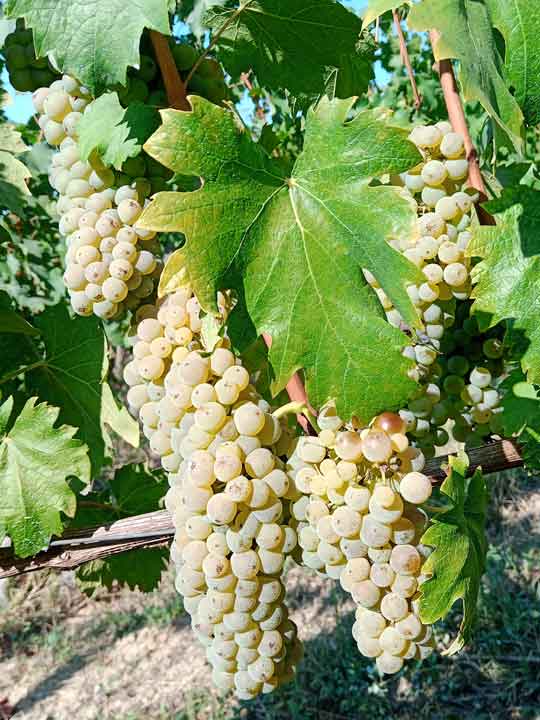
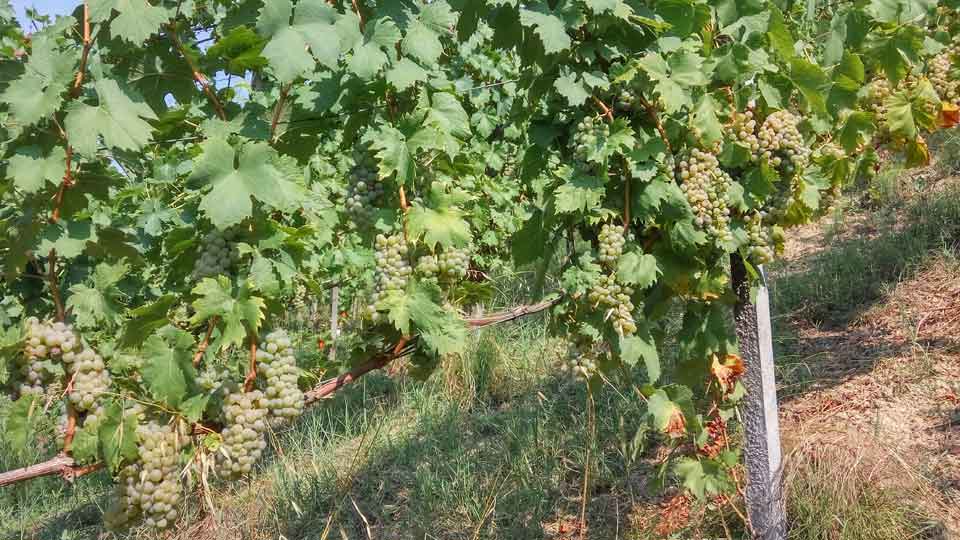

Historical background
Still uncertain the origin of this variety that seems to have similarities with the vine Greco di Tufo. If so, the Riesling Italico descended from the Animea Gemella, a vine already described by Columella and used by the Romans for the production of Animeo wine. According to some authors, the variety may originate from France, but may also come from some Central European countries. It was, in fact, spread along the Drava, the Sava and the Danube since the second half of the 17th century. From here the Riesling would spread to Veneto with the Austro-Hungarian domination, arriving in Oltrepó at the end of 1800.
Vegetative characteristics
Also for this vine, Oltrepò has the national cultivation primacy. Italic Riesling is one of the most popular varieties in the area. It grows a bit everywhere, though the largest concentrations are found in the mid-range of the mid-eastern area (Valle Versa, Valle Scuropasso, Mornico Losana, Oliva Gessi, Montalto Pavese). Vine of medium vigor, with good and constant production, prefer dry climates and soils that are not too humid and possibly hilly. It fits different forms of cultivation and pruning as long as they are not too expanded and rich.
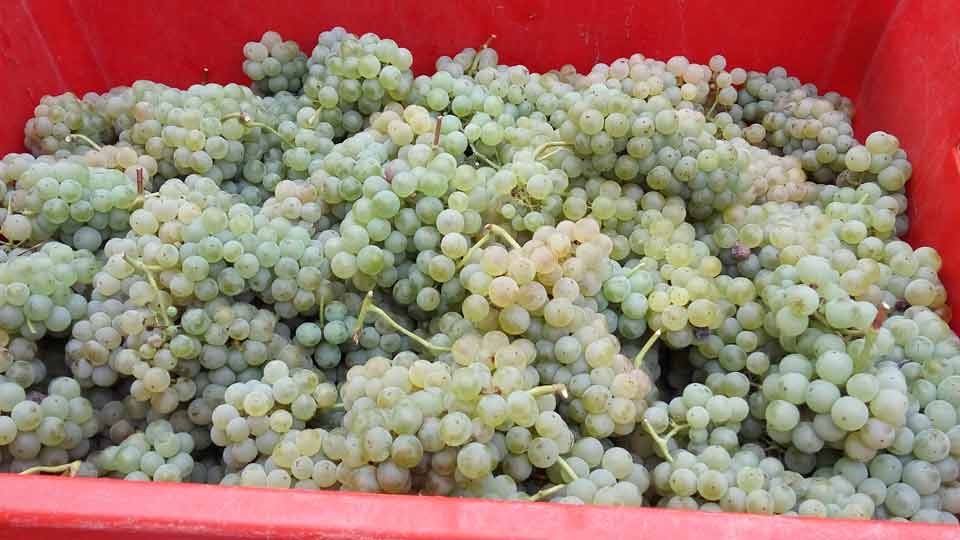

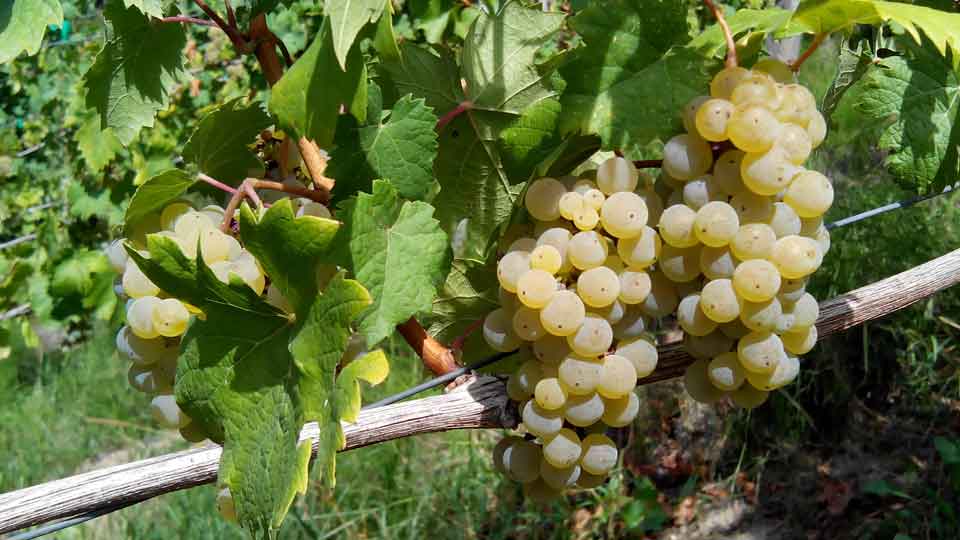
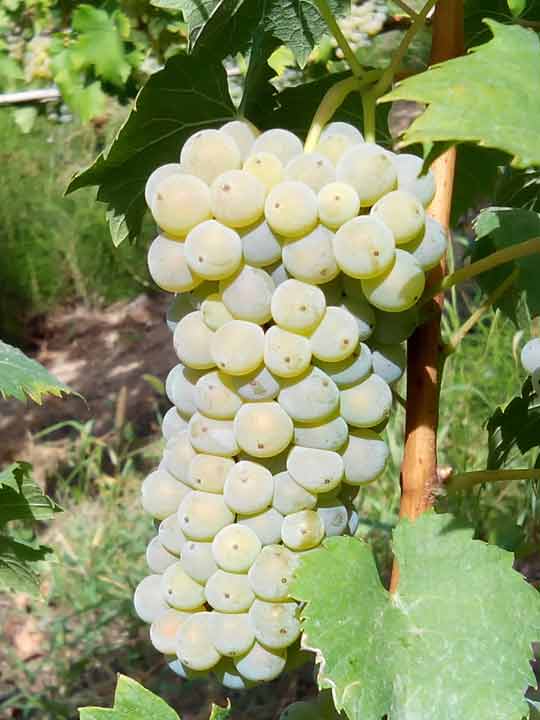
Some ampelographic nods
Sprout is foamy, greenish-whitish, velvety, with opaque, whitish, cottony leaflets. Adult leaf is of medium size, full or trilobata, with petiole breast U. Top page is light green, smooth, free of hair, the lower side is green-gray. Bunch is medium or small, cylindrical, often winged. Grape is medium, spheroid with a yellowish skin more or less thick, consistent. Navel is evident in the shape of a black cat. Pulp is juicy with a sweet and simple flavor.
